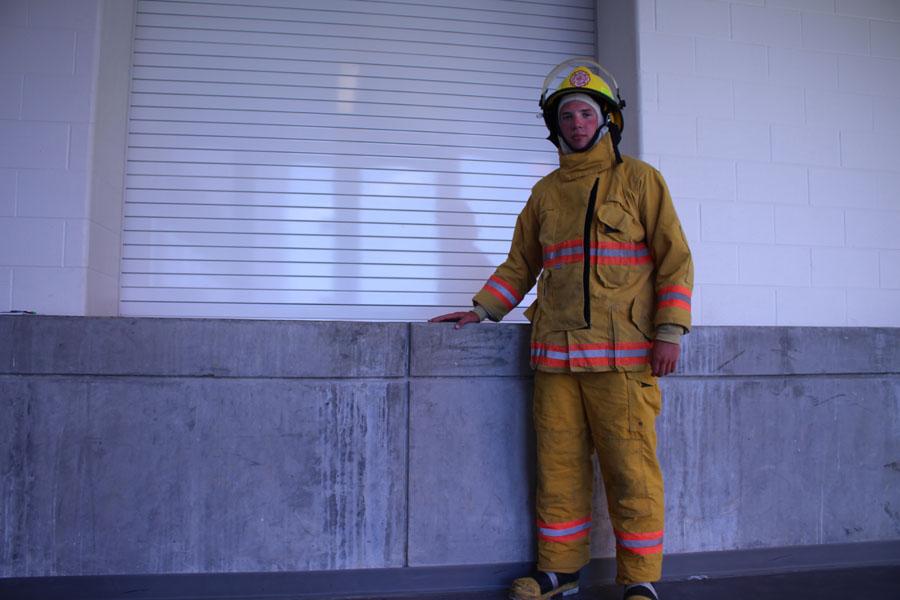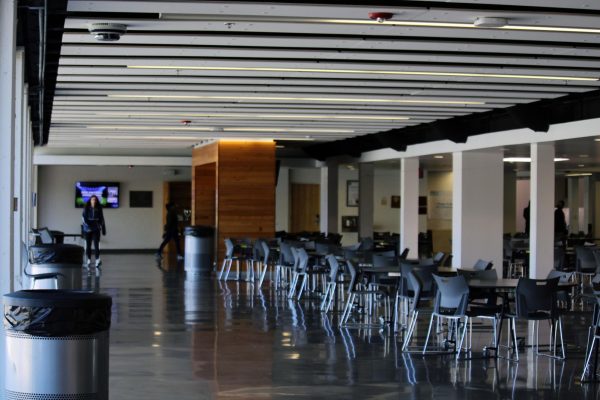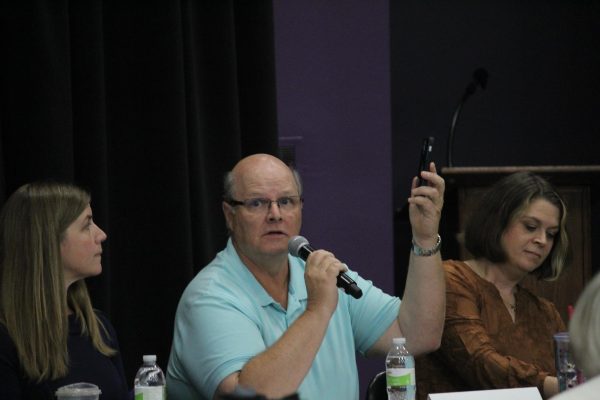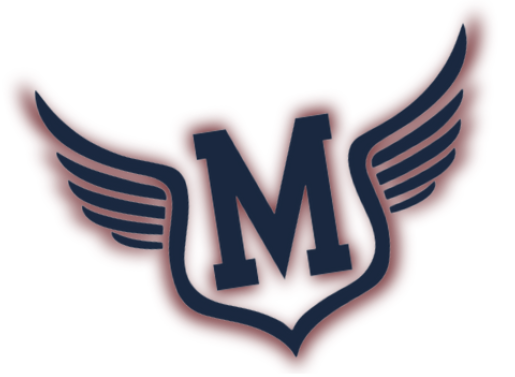Messer trains to fight flames
Danielle Cook Entertainment Editor
Senior Shaun Messer poses in his fire fighter equipment
In 12 years of school, a student has likely been through many fire drills (so many, in fact, that you’ve probably lost track of exactly how many over the years). The drills are mundane, never changing, stressing always the same objective: to get out of the burning building and into safety.
For senior Shaun Messer, the objective of those mundane school fire drills has been cancelled out by its utter opposite: get out of safety and into the burning building.
Messer, taking after his father, Doug Messer, director of transportation for USD 383 as well as a volunteer firefighter, is currently training to also become a volunteer firefighter for Riley County.
“He’s always been active and outdoors. We used to watch his dad fight fires from a distance when he was little. I’ve just seen his passion for it grow as he’s grown up,” Angie Messer, Shaun’s mother, said of the spark of Shaun’s interest in firefighting.
Though Shaun spent much of his childhood watching his father fight flames, he admits that firefighter wasn’t his career of choice, originally, though he now plans on pursuing it all the way.
“I wanted to be an engineer for a while until I realized I hated math, so I decided I’d rather be something that makes a difference,” Shaun said. “It wasn’t until recently that I actually saw myself doing it [firefighting].”
Shaun’s desire to make a difference in his community by sharing his time and abilities with others is something that’s all in the family.
“I’d like to think it makes my dad proud because it’s what he’s been doing for a long time, and he still is – he used to be paid to do it, and he’s now a volunteer, but he’s still a firefighter, so I’m kind of following in his footsteps,” Shaun said.
Shaun explained that the process of becoming a fully-certified volunteer fireman is somewhat extensive; it includes successfully completing required classes, physical training and tests, as well as training in health care and safety basics, and learning to drive various types of firetrucks. Since passing his set of online classes in early August, Shaun has received his protective firefighter’s gear and is eager to explore his newly-learned skills in the event of a real fire, or live training situation such as a burn room.
“I’m ready to put it [my training] to the test, see how much I know,” Shaun said.
He has not yet been called to action for a real fire situation and is not yet allowed on the inside of a structure fire or in front of a grass fire without a senior firefighter alongside him. However, for the actual chance to utilize his training, Shaun feels somewhat anxious, but is confident that when the time comes for him to step in on his own, it will have prepared him thoroughly.
“I kind of have mixed feelings. I’m excited to go to a real grass fire or a structure fire, but at the same time I’m nervous because I know people do get hurt, but it doesn’t happen that often, actually,” Shaun said. “So, I’m kind of nervous for it right now, but I know by the time I get to that point, I’ll have a lot more training under my belt, so I feel like I’ll be ready.”
And despite the obvious dangers associated with firefighting, Shaun sees a bigger picture, in which the survival of jeopardized individuals may depend on him — his decisions, actions and abilities — in an emergency situation.
“It takes a large amount of bravery, I would think, to run into a burning building. You also need to be ready to know that when you’re at a fire, you have to be ready to put your life on the line for the people you’re trying to save because that’s your job, and that’s what you’re there for,” Shaun said. “Don’t do anything reckless. I mean, they do teach you [in training] that your life is important in any situation or fire, but whoever you’re trying to save, their life is more important. So, don’t purposely put yourself in harm’s way, but be ready to put it all on the line if you have to.”
Shaun plans to attend Hutchinson Community College for a degree in Fire Science, to make a full-time career out of firefighting, in hopes that it may all eventually lead to a larger-scale firefighting job, such as a wildland or smokejumping position.






